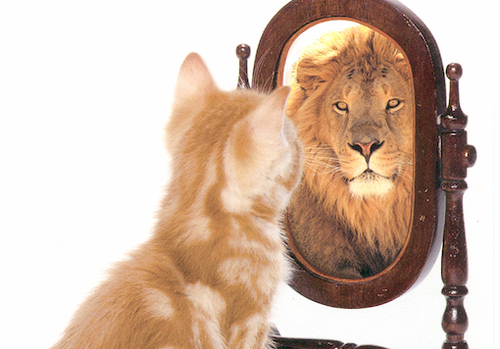(Hilaree Nelson)
Last week the outdoor world was rocked by some devastating news:
Hilaree Nelson, one of the planet’s most accomplished ski mountaineers, fell to her death from the 26,775-foot summit of Mount Manaslu, Nepal.
To say that Hilaree had an incredible career would be an understatement. She completed first ski descents of five peaks in Mongolia’s Altai mountain range, and in 2005 skied from the summit of 26,864-foot Cho Oyu, the sixth highest mountain in the world, without using supplemental oxygen. In 2012, she became the first woman to link two 8,000-meter peaks —Mount Everest and Lhotse — in one 24-hour climb. She was also the first woman to ski La Couloir on 27,825-foot Makalu, the world’s fifth highest mountain.
Recognition followed. She was sponsored by The North Face. National Geographic named her an “adventurer of the year” in 2018, and in 2019, Outside magazine called her “the most accomplished female ski pioneer of her generation.”
Perhaps Hilaree’s death is such a shock because she seemed invincible. She was strong, fierce, and fearless — larger than life, an inspiration for many and a true outdoor icon.
For most of us, living such an adventurous life seems unthinkable. There’s a certain spirit that sets some people apart — that makes them want to huck that cliff, or ski that chute, or climb that seemingly sheer rock face.
Hilaree embodied that spirit.
But it makes me wonder: What is it that makes people want to do these things? Why are some people willing to take extreme risks, and others, less so?
Is it brain chemistry?
Studies have shown that many people who engage in extreme sports have a tendency to prefer new and intense experiences. Researchers call this a sensation-seeking personality. To put it simply, the adrenaline produced during an extreme activity acts as a vasodilator, improving our respiratory capacity so that more oxygen reaches our muscles. Besides making us feel stronger, more agile, and faster, it can also lead to the production of endorphins, which can generate a feeling of well-being and joy.
A certain mind-set
But brain chemistry doesn’t tell the whole story. Many who participate in extreme sports also report feeling intense calm and awareness. The activity can actually make you feel like you’re in the ‘flow’, which is very similar to the rush monks experience while meditating, or when artists are in the process of creating. Eric Brymer, a researcher at Leeds Beckett in the UK and co-author of Phenomenology and the Extreme Sport Experience, found that extreme sports made participants feel closer to nature, more self-aware, at peace, and even transcendent. “There’s an ineffable aspect people find very difficult to describe,” Brymer says, “a feeling of coming home.”
A different definition of risk
Not everyone defines risk the same way, and some of that is tied with ability. The higher your performance level, the greater your confidence, which can lessen your definition of risk. Tie with with preparedness, and risk tolerance increases even more. Avalanche training is a good example. You know there are risks inherent in avalanche-prone terrain, but once you receive proper training, you’re better able to handle the risk when you’re out there.
Acknowledge that everyone is different.
Your sense of adventure may not be the same as mine. Obviously, Hilaree Nelson’s was way above the average person. And that’s okay. For some, skiing an intermediate run may be the most adventurous thing they’ll do all year. For others, it’s a double black chute. As they say, choose your own adventure. It’s all okay.



